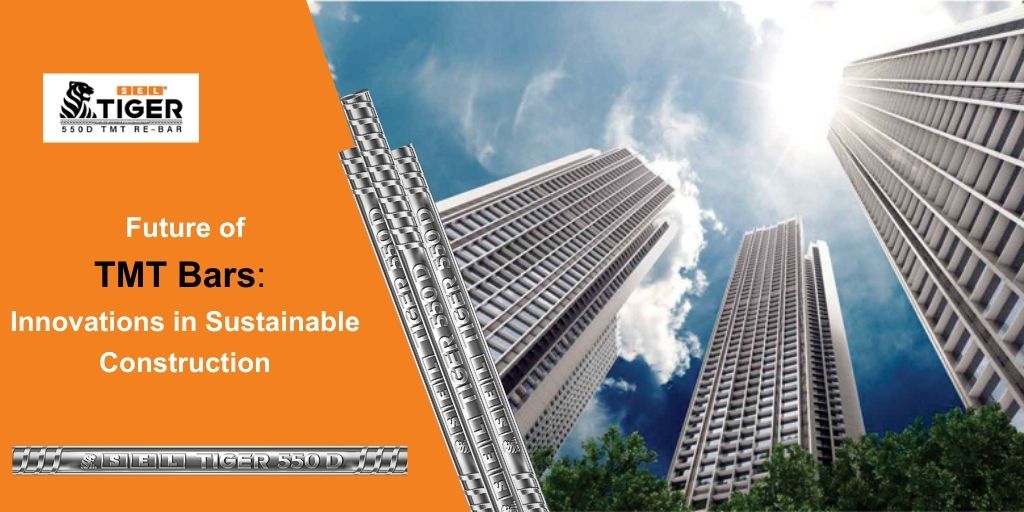
The construction industry in India is booming more than ever. TMT (Thermo Mechanically Treated) Rebars are the one main factors driving this growth. Geared up with unconventional features and unmatched…
Read More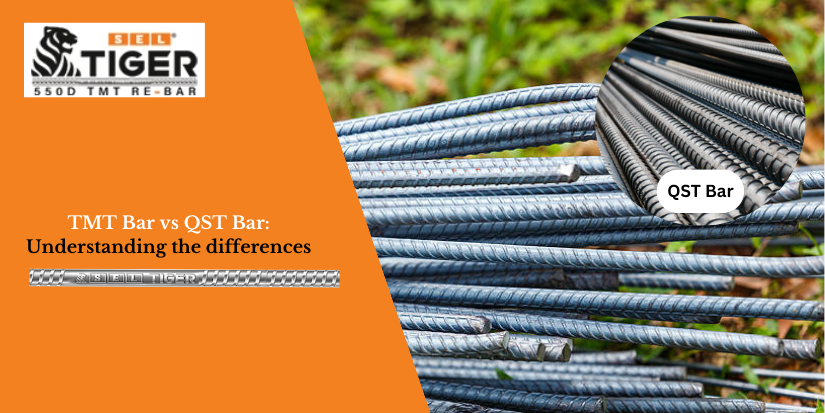
Structural integrity is of paramount importance in the construction sector. As a result, the choice of building material is key for the consumer while making the purchase. The options available…
Read More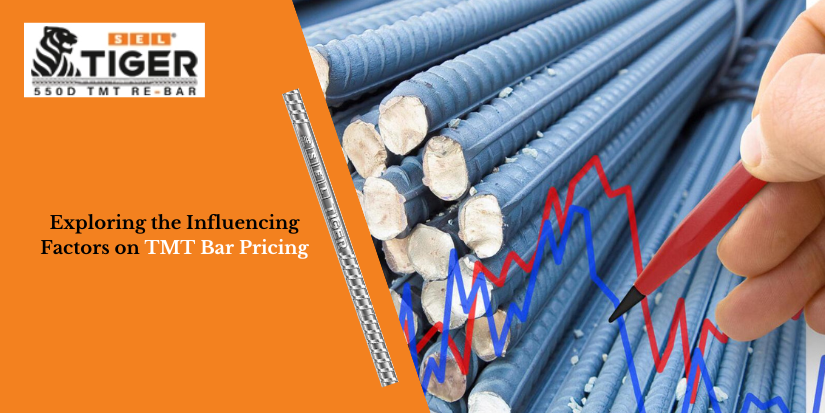
Without good-quality steel, the construction industry wouldn’t be able to operate, let alone thrive. It is the backbone- the foundation on which all great structures worldwide are built. In the…
Read More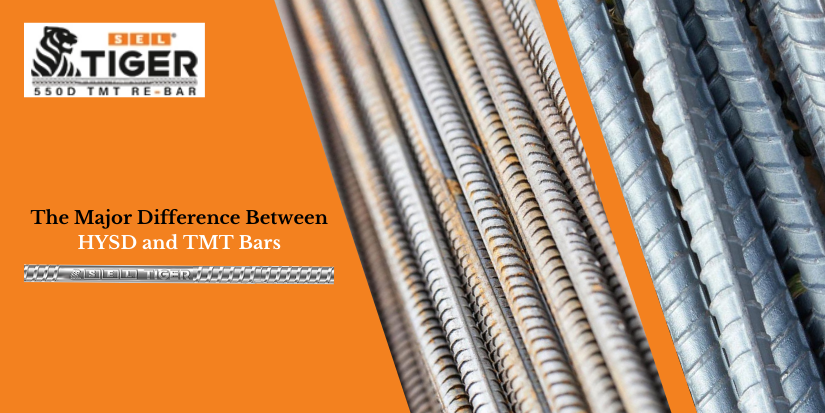
Both HYSD and TMT are steel bars that are unlike the traditional ones long been in use across the construction industry. While HYSD or High Yield Strength Deformed Bars are…
Read More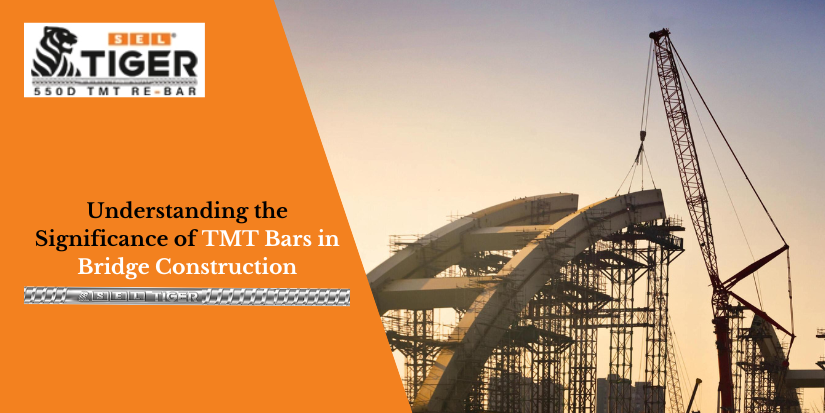
The construction of bridges is an integral part of development and improving transportation, it is worth noting that bridges are a testament to engineering prowess. Bridges stand as impressive feats…
Read More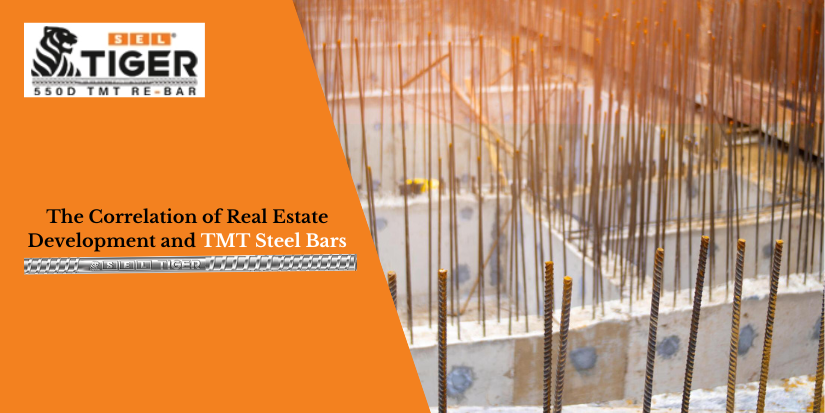
Real estate development is a multifaceted industry that encompasses the construction of residential, commercial and industrial properties. The success and sustainability of such construction developments depend on the construction materials…
Read More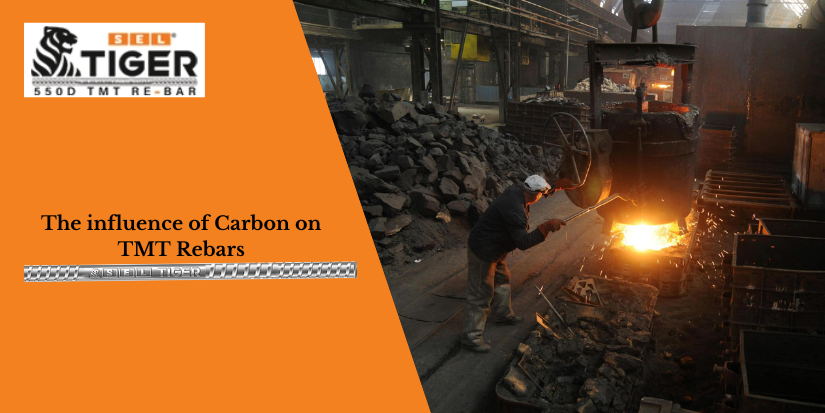
TMT bars are known for the fundamental role they play in reinforcing concrete structures. These bars add stability, strength, flexibility and durability to construction. One of the key elements in…
Read More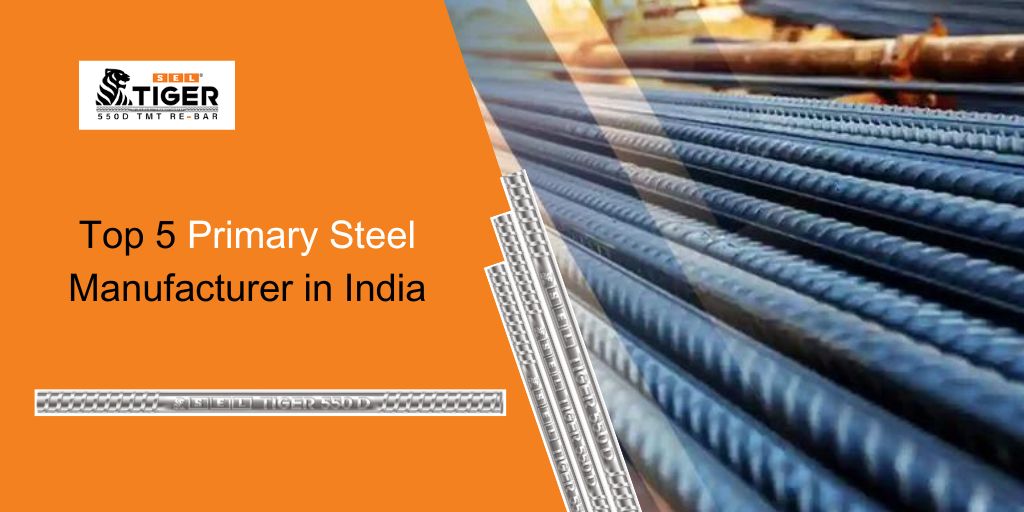
The world of construction is moving at a rapid pace, where TMT has emerged as the backbone of construction. TMT bars which are also known as thermo-mechanically treated bars are…
Read More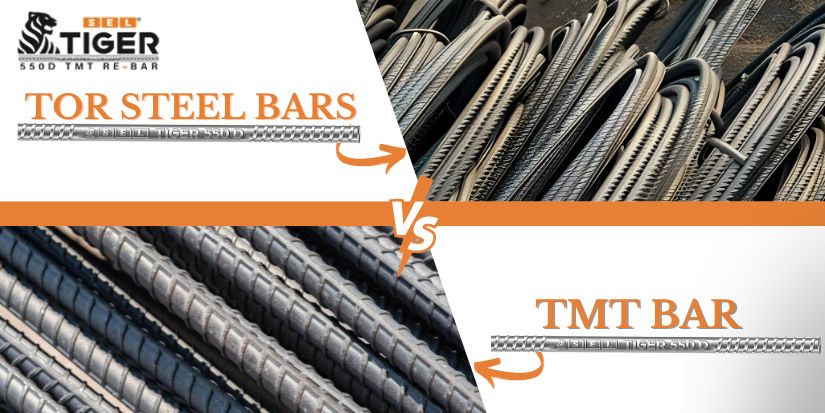
Earthquakes have been a recurring nightmare for builders and communities in regions prone to seismic waves. The sheer destructive force of these seismic vibrations has the potential to wreak havoc,…
Read More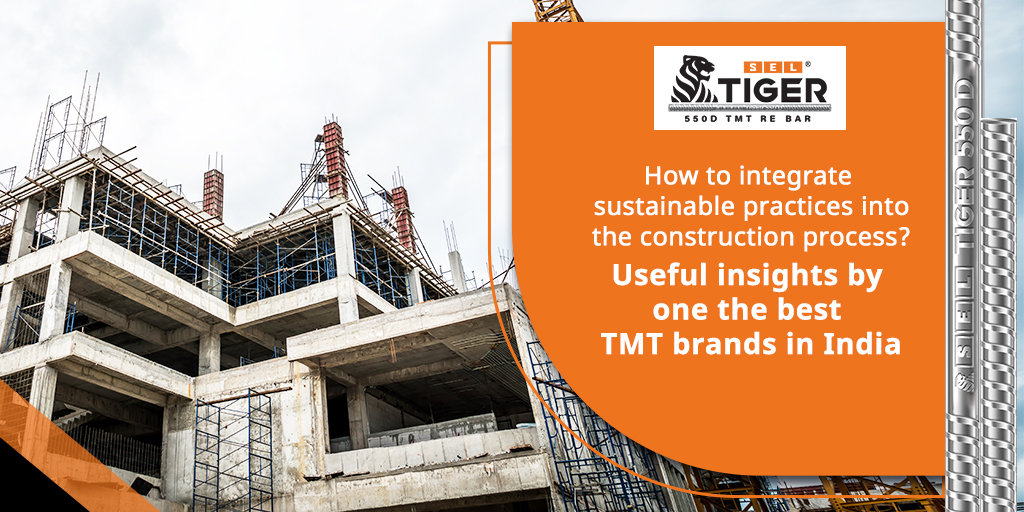
Integrating sustainable practices into the construction process is an important step towards creating a greener and more environmentally conscious future. With the global focus on mitigating climate change and preserving…
Read More